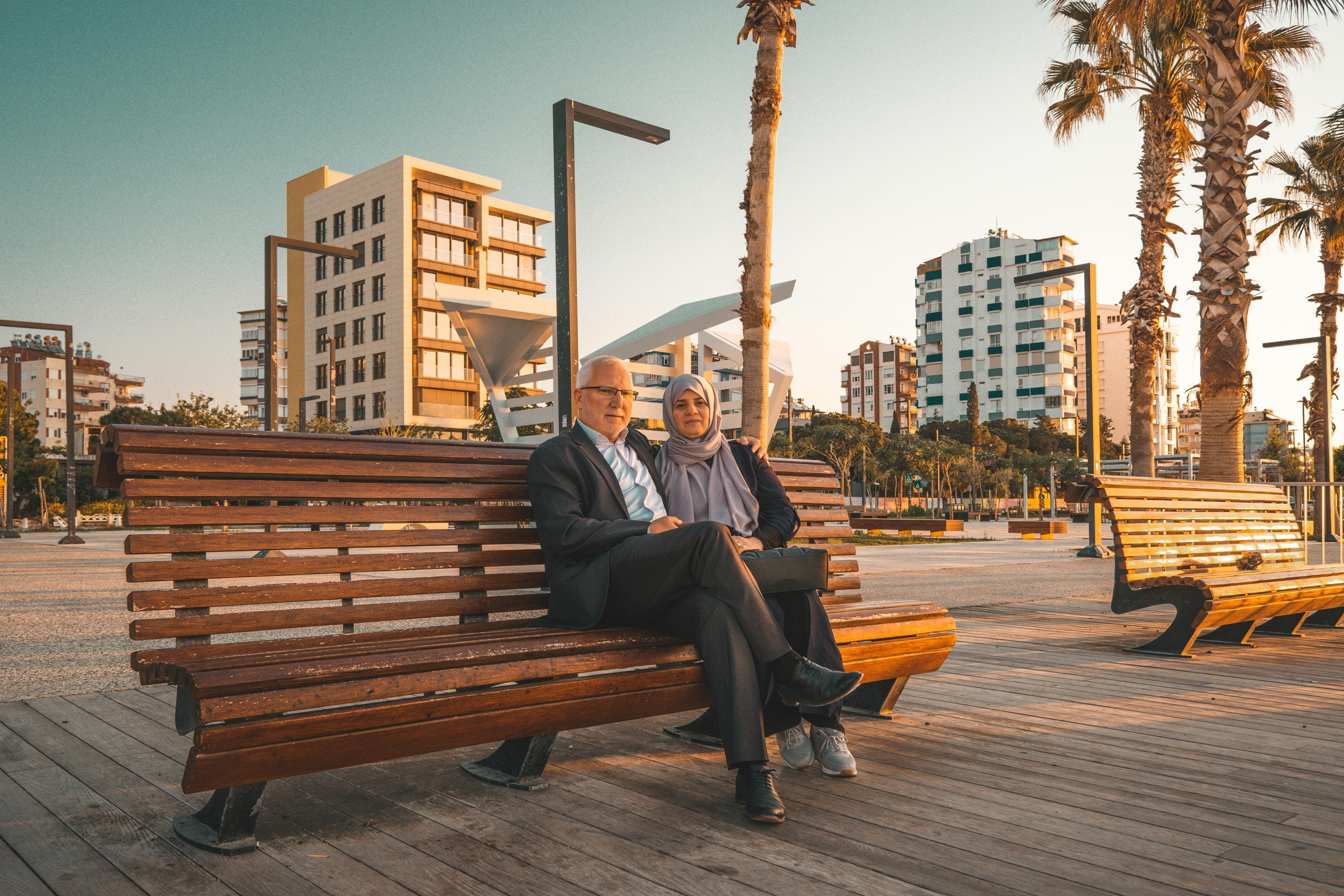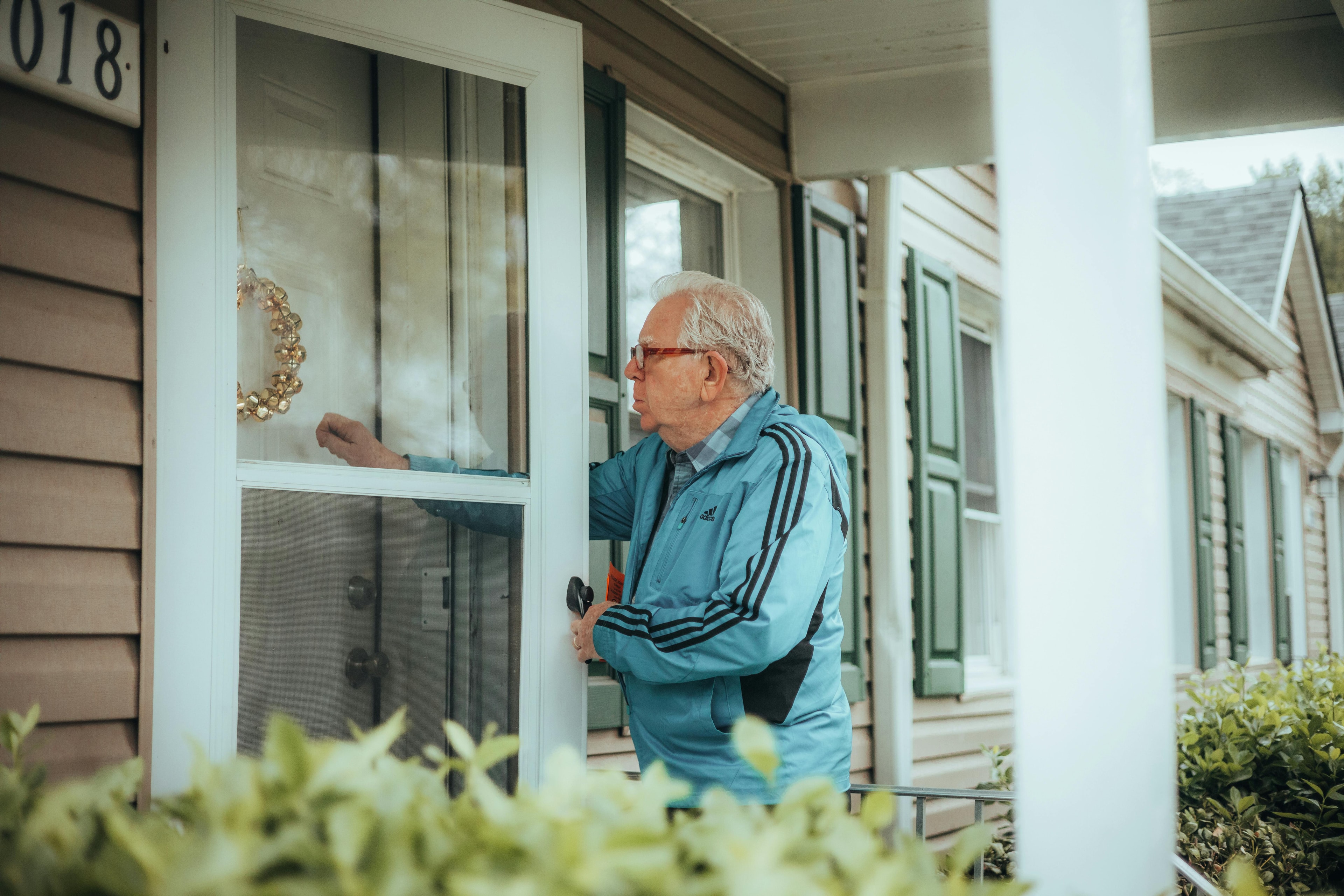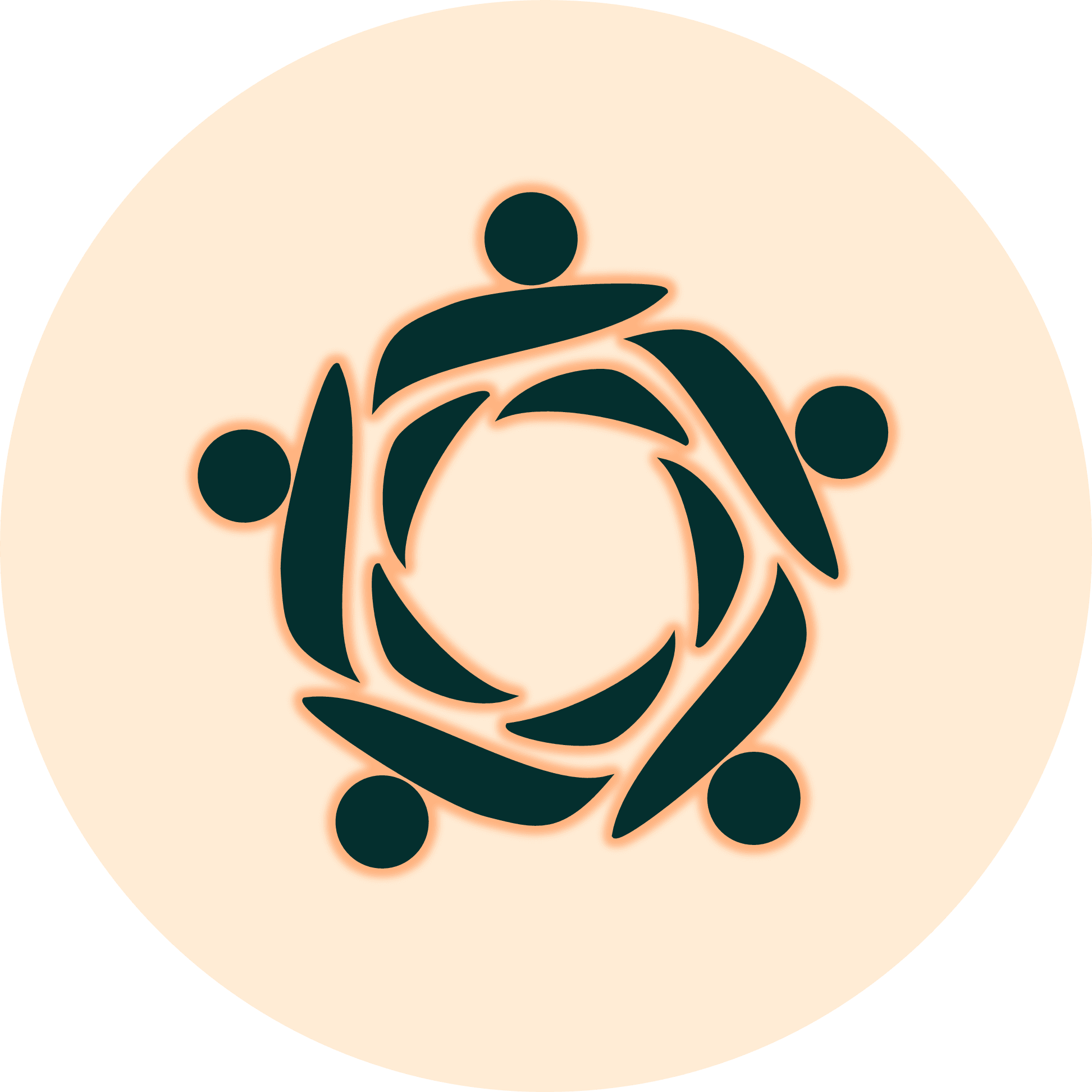Community guideline
Design environments for connection and invest in social events, activities, and programs
Built, natural, and social environments play an important role in facilitating social interactions.
- Ensure that the built and natural environments are suitable for encouraging, facilitating, and sustaining social connections.
- Implement programming that maximizes social use of the built and natural environment thereby providing opportunities for social connection and interaction within and even across communities.



Additional considerations
The distinction between events, activities, and programs lies in the extent to which they facilitate interaction among participants and contribute to new community development. While all such gatherings provide some level of social benefit, those that encourage participants to actively engage with each other and with new groups are particularly valuable. Events that facilitate opportunities for people to socialize within their existing groups and also bring different groups together are instrumental in developing a cohesive community. These gatherings not only strengthen existing bonds but also build new ones, expanding the community’s social network and enhancing its overall vibrancy.
Additional resources

A resource that guides communities in transforming public spaces to encourage social interactions and physical activity. It offers practical strategies, creative ideas, and tools to reimagine and revitalize neighborhoods, fostering a more connected and active community.

Provides 21 strategies to improve social connectedness, supported by evidence, real-world examples, and innovative ideas. These adaptable strategies help community leaders foster deeper social connections and enhance overall wellbeing.

An initiative in British Columbia focused on building social connections and resilience in multi-unit housing communities. It collaborates with partners to encourage neighborly interactions, reduce social isolation, and create stronger communities through programs and research.

A guide by UN-Habitat to help cities integrate the Sustainable Development Goals at a local level. It offers tools, strategies, and case studies for community-driven urban development, emphasizing local action to achieve global sustainability targets.

A nonprofit dedicated to creating inclusive, resilient urban environments. It advocates for public spaces that are great for all ages by promoting health, happiness, and wellbeing through innovative design, community engagement, and sustainable urban planning.

Uses Asset-Based Community Development to empower communities by focusing on their strengths. It provides training and resources to help residents mobilize local assets, build connections, and create sustainable solutions for social wellbeing.

An online resource offering over 7,000 pages of guidance on community building and health development. It supports leaders, organizations, and communities with practical tools for planning, mobilizing, and sustaining positive change.

The United Way of BC’s Community Connector Training
Trains individuals to connect older adults with community services and resources, enhancing their wellbeing and fostering healthier, more connected communities.

A platform connecting parents and caregivers to share resources, knowledge, and support, fostering a collaborative community that enhances social connections and reduces waste.

The Community Life Competence Process
Empowers communities to address their challenges using local strengths through a participatory approach, fostering resilience and sustainable change.

Neighborhood Connector Framework and Coaching by CommunityWorks
Empowers residents to build stronger community connections by serving as local leaders, fostering a culture of belonging and civic engagement.

Promotes healthier, more connected communities by temporarily closing streets to motorized traffic, encouraging social interaction and active living.

Fosters workplace connections by pairing colleagues for casual coffee chats, encouraging communication and collaboration across departments.

Offers strategies to enhance winter environments, promoting social interactions and physical activity even in cold weather.

8 80 Cities Civic Engagement Tools
Provide resources for creating inclusive urban environments, emphasizing age-friendly public spaces and community engagement.

Happy Cities is an urban planning, design, and engagement consulting firm dedicated to creating happier, healthier, and more inclusive communities. They collaborate with cities, developers, and non-profits worldwide to design public spaces, streets, and housing that nurture well-being for all community members.

